Home>Renovation & DIY>Tools & Equipment>What Grit Sandpaper To Use For Sanding Spackle
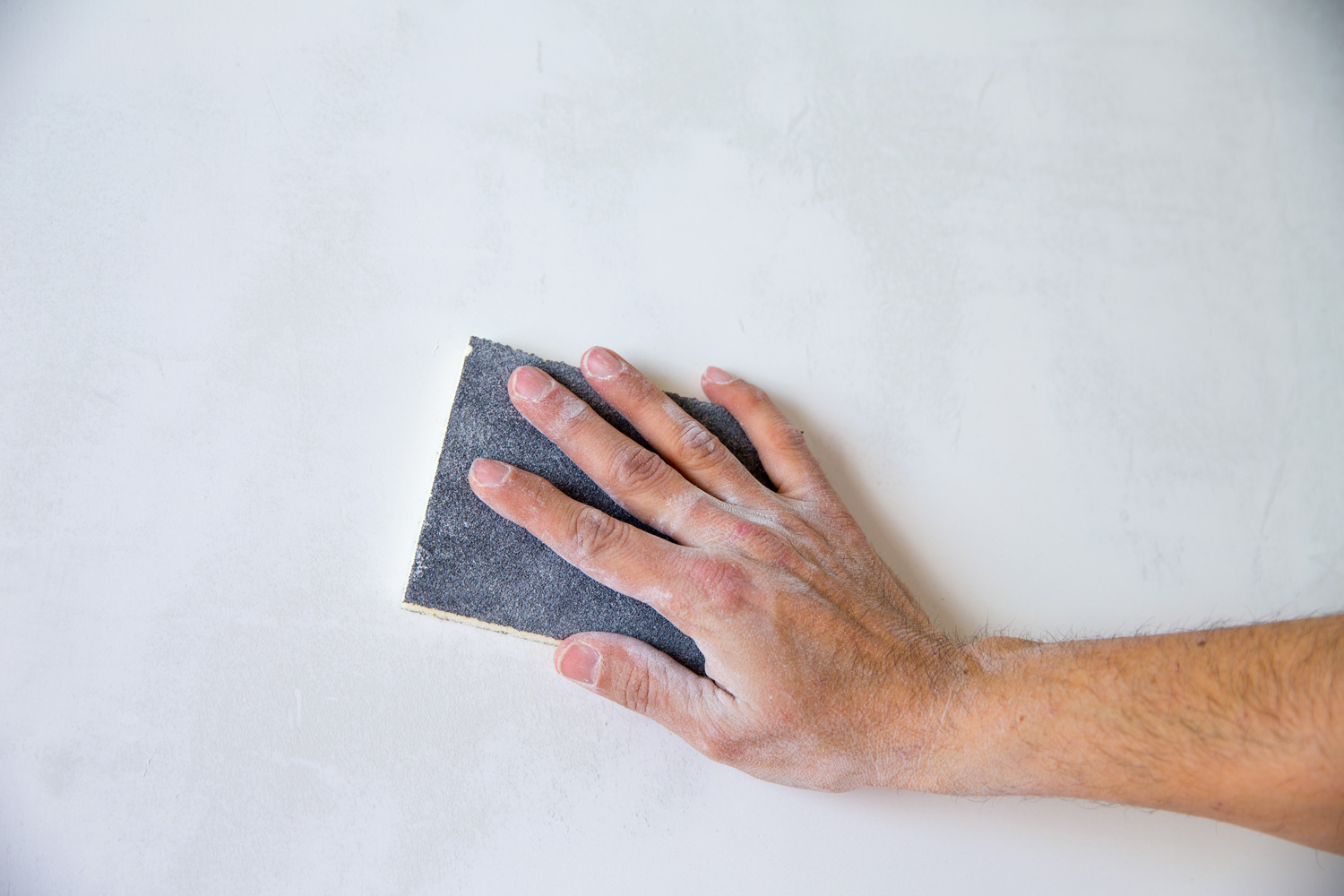

Tools & Equipment
What Grit Sandpaper To Use For Sanding Spackle
Modified: October 20, 2024
Discover the best grit sandpaper for sanding spackle and achieve a smooth finish with the right tools and equipment. Find out the recommended sandpaper grit for your project.
(Many of the links in this article redirect to a specific reviewed product. Your purchase of these products through affiliate links helps to generate commission for Storables.com, at no extra cost. Learn more)
Introduction
Welcome to the world of DIY home improvement! Whether you're a seasoned DIY enthusiast or a novice looking to spruce up your living space, sanding spackle is a common task that can help achieve a smooth and flawless finish. However, the key to achieving professional-looking results lies in understanding the nuances of grit sandpaper and selecting the right one for the job.
In this comprehensive guide, we'll delve into the intricacies of grit sandpaper and explore the factors to consider when sanding spackle. By the end of this journey, you'll be equipped with the knowledge to confidently choose the perfect grit sandpaper for your next spackling project, ensuring a seamless and polished outcome.
So, grab your sandpaper, roll up your sleeves, and let's embark on this enlightening exploration of sanding spackle with the perfect grit sandpaper!
Key Takeaways:
- Choose the right grit sandpaper based on spackle consistency, repair depth, desired finish, surface material, and imperfection extent for a flawless result.
- Start with a coarser grit to level the spackled surface, then progress to finer grits for smoothing and polishing, ensuring precision and optimal results.
Read more: What Grit Sandpaper For Sanding Spackle
Understanding Grit Sandpaper
Before delving into the specifics of sanding spackle, it’s essential to grasp the concept of grit sandpaper. Grit refers to the number of abrasive particles per square inch of the sandpaper. The higher the grit number, the finer the sandpaper. Conversely, lower grit numbers indicate coarser sandpaper with larger abrasive particles.
Common grit ranges include:
- Coarse Grit (40-60): Ideal for heavy material removal, such as stripping paint or smoothing rough surfaces.
- Medium Grit (80-120): Suitable for general sanding, blending uneven surfaces, and preparing for painting or staining.
- Fine Grit (150-180): Perfect for light sanding between coats of finish and initial smoothing of surfaces.
- Very Fine Grit (220-240): Used for final sanding before finishing and for sanding between coats of varnish.
- Extra Fine Grit (280-320): Provides an ultra-smooth surface, often used for polishing finishes.
Understanding the characteristics of different grit sandpapers is crucial for achieving the desired level of smoothness and surface preparation. It’s akin to selecting the right tool for the job – using the appropriate grit ensures efficient and effective sanding, leading to superior results.
Now that we’ve laid the foundation of grit sandpaper, let’s explore the specific considerations when sanding spackle to attain a flawless finish.
Sanding Spackle: Factors to Consider
When it comes to sanding spackle, several factors come into play to achieve a seamless and professional finish. Spackle, also known as joint compound, is commonly used to fill and repair holes, cracks, and imperfections in walls and ceilings. However, before diving into the sanding process, it’s essential to consider the following factors:
- Consistency of the Spackle: The consistency of the spackle affects the sanding process. If the spackle is relatively smooth and evenly applied, a finer grit sandpaper may be sufficient. However, coarser grits are more suitable for thicker or unevenly applied spackle, as they can level the surface effectively.
- Depth of the Repair: Deeper repairs may require multiple layers of spackle, resulting in a thicker application. In such cases, starting with a coarser grit to level the surface before progressing to finer grits for smoothing is advisable.
- Type of Finish Desired: The intended finish, whether it’s a textured or smooth surface, influences the grit selection. For a textured finish, coarser grits may be sufficient, while achieving a smooth, flawless surface requires progressively finer grits.
- Material of the Surface: The material being repaired, such as drywall or plaster, can impact the sanding process. Drywall is softer and requires a lighter touch, while plaster may necessitate coarser grits due to its hardness.
- Extent of Imperfections: The size and extent of imperfections being repaired play a role in determining the appropriate grit. Larger imperfections may require coarser grits initially, followed by finer grits for blending and smoothing.
By considering these factors, you can tailor your approach to sanding spackle, ensuring that the grit sandpaper you select aligns with the specific requirements of your project. Now, armed with an understanding of both grit sandpaper and the nuances of sanding spackle, let’s explore the process of choosing the right grit sandpaper for your spackling endeavors.
Use 120-150 grit sandpaper for sanding spackle. It’s coarse enough to smooth the surface but not too rough to create deep scratches.
Choosing the Right Grit Sandpaper
Now that we’ve established the critical factors to consider when sanding spackle, let’s delve into the process of choosing the right grit sandpaper for your specific project. Selecting the appropriate grit is pivotal in achieving a flawless finish and ensuring that your hard work yields professional results.
Consider the following steps to guide you in choosing the right grit sandpaper:
- Assess the Spackle: Begin by assessing the spackled area. Evaluate the consistency, depth, and extent of imperfections to gauge the level of sanding required. This initial assessment will inform your grit selection.
- Start Coarse, Finish Fine: As a general rule, start with a coarser grit to level the spackled surface and remove any prominent imperfections. Coarser grits, such as 80 or 100, are effective for initial smoothing and leveling.
- Progress to Finer Grits: Once the surface is adequately leveled, transition to finer grits for smoothing and blending. Gradually move to medium grits, such as 120 or 150, before progressing to even finer options, such as 180 or 220, for a polished finish.
- Test and Adjust: It’s advisable to test the selected grit on a small, inconspicuous area to ensure it achieves the desired result. Adjust the grit as needed based on the test outcome, ensuring that it effectively addresses imperfections without causing damage to the underlying surface.
- Consider the Material: Factor in the material being sanded. Drywall typically responds well to finer grits, while plaster may require coarser options due to its density and hardness.
- Balance Efficiency and Precision: Strive to strike a balance between efficient material removal and precision. Coarser grits excel at rapid material removal, while finer grits provide meticulous smoothing and finishing touches.
By methodically progressing from coarser to finer grits and considering the specific characteristics of the spackled area, you can ensure that the grit sandpaper aligns with the unique requirements of your project, resulting in a flawlessly sanded surface ready for the next steps in your home improvement journey.
With these insights, you’re now equipped to confidently select the right grit sandpaper for sanding spackle, paving the way for impeccable results and a refined, professional finish.
Conclusion
Congratulations on completing this enlightening journey through the realm of sanding spackle with the perfect grit sandpaper! Armed with a deeper understanding of grit sandpaper and the intricacies of sanding spackle, you’re now poised to elevate your DIY home improvement projects to new heights.
As you venture into your next spackling endeavor, remember the following key takeaways:
- Grit Matters: The grit of sandpaper plays a pivotal role in achieving a smooth and flawless finish. Understanding the nuances of grit and its impact on sanding spackle is essential for professional results.
- Factors to Consider: When sanding spackle, factors such as spackle consistency, repair depth, desired finish, surface material, and imperfection extent should guide your grit selection.
- Methodical Approach: Adopt a methodical approach by starting with coarser grits for leveling and progressing to finer grits for smoothing and polishing. Testing and adjusting the grit ensures precision and optimal results.
Remember, the journey to a flawlessly sanded surface is as much about the process as it is about the end result. Embrace the tactile nature of sanding, fine-tuning your approach as you progress through different grits, and take pride in the transformation unfolding beneath your fingertips.
So, whether you’re preparing walls for a fresh coat of paint, refining a textured surface, or restoring the beauty of your living space, the right grit sandpaper is your trusted companion in achieving a professional finish.
With this newfound knowledge and a touch of creativity, let your spackling projects become a canvas for your craftsmanship, each stroke of the sandpaper shaping your vision into reality.
Now, armed with the wisdom to choose the perfect grit sandpaper for sanding spackle, go forth and unleash the transformative power of precision and finesse, creating spaces that exude elegance and charm.
Happy sanding!
Frequently Asked Questions about What Grit Sandpaper To Use For Sanding Spackle
Was this page helpful?
At Storables.com, we guarantee accurate and reliable information. Our content, validated by Expert Board Contributors, is crafted following stringent Editorial Policies. We're committed to providing you with well-researched, expert-backed insights for all your informational needs.
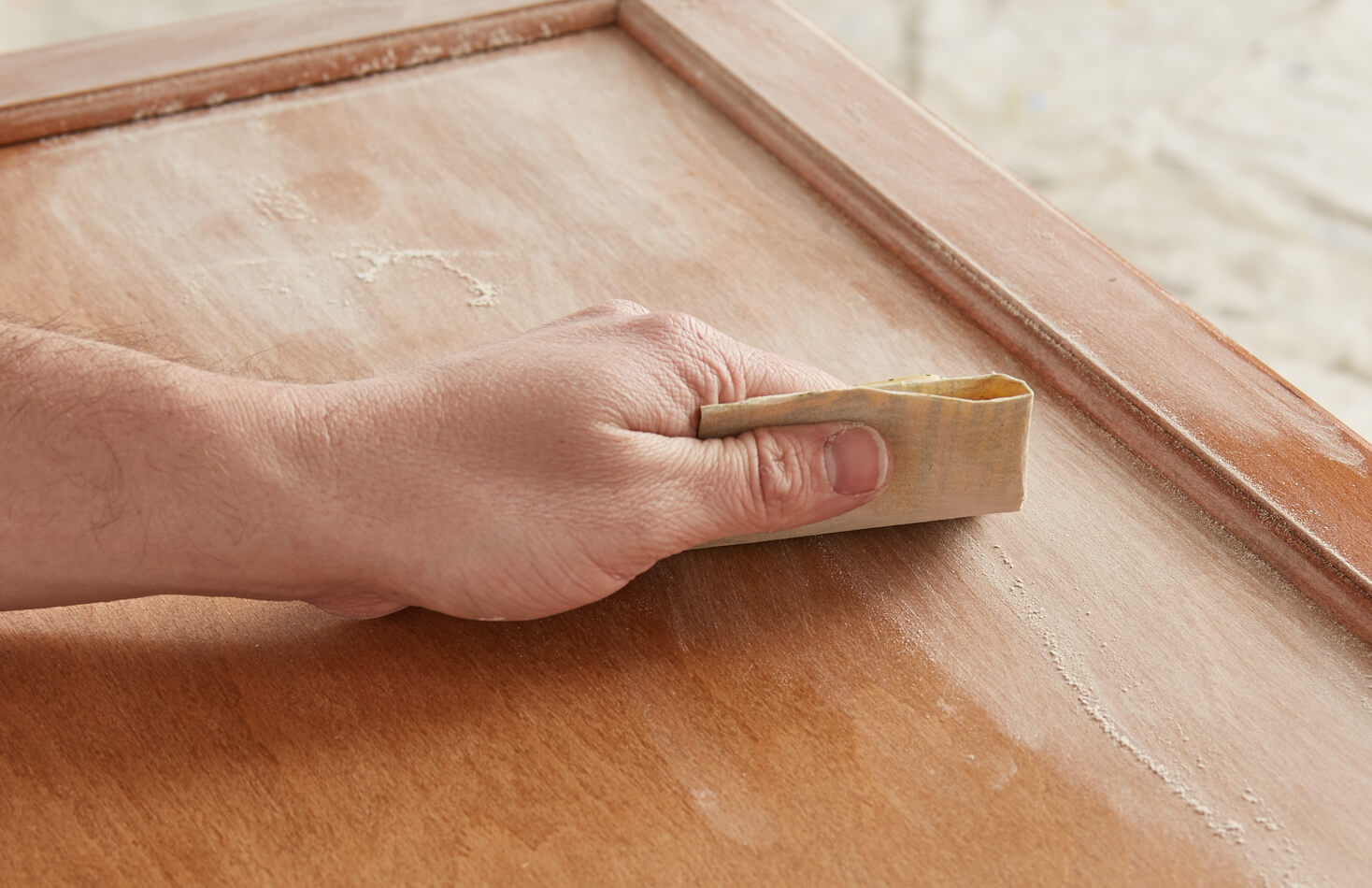

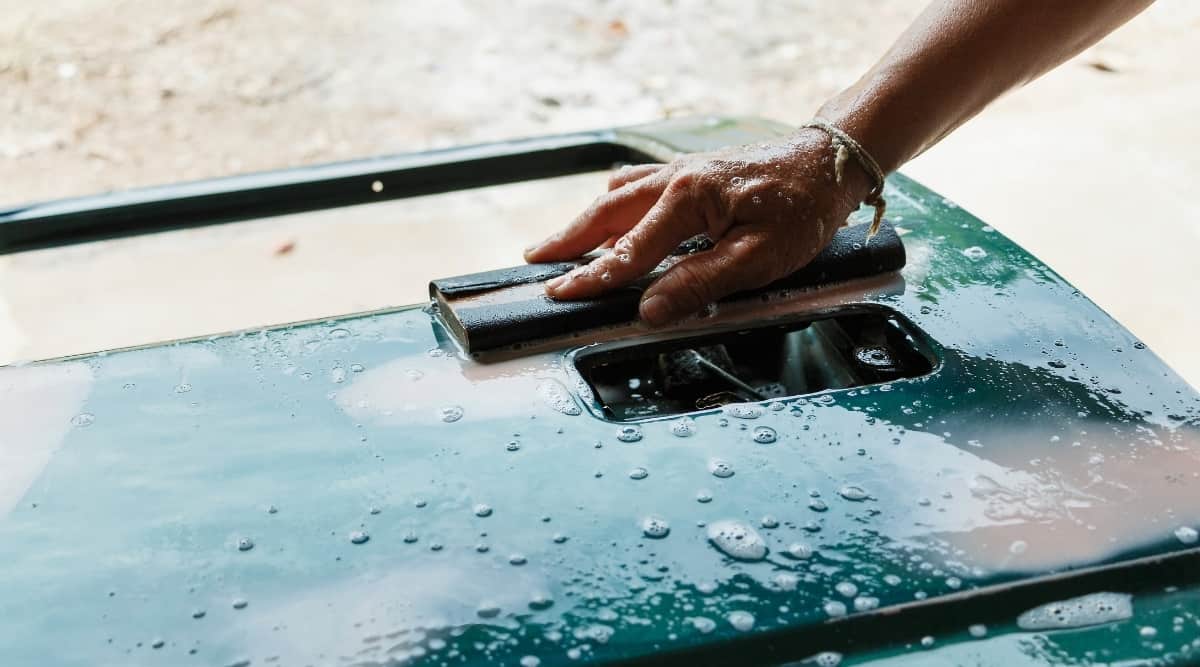
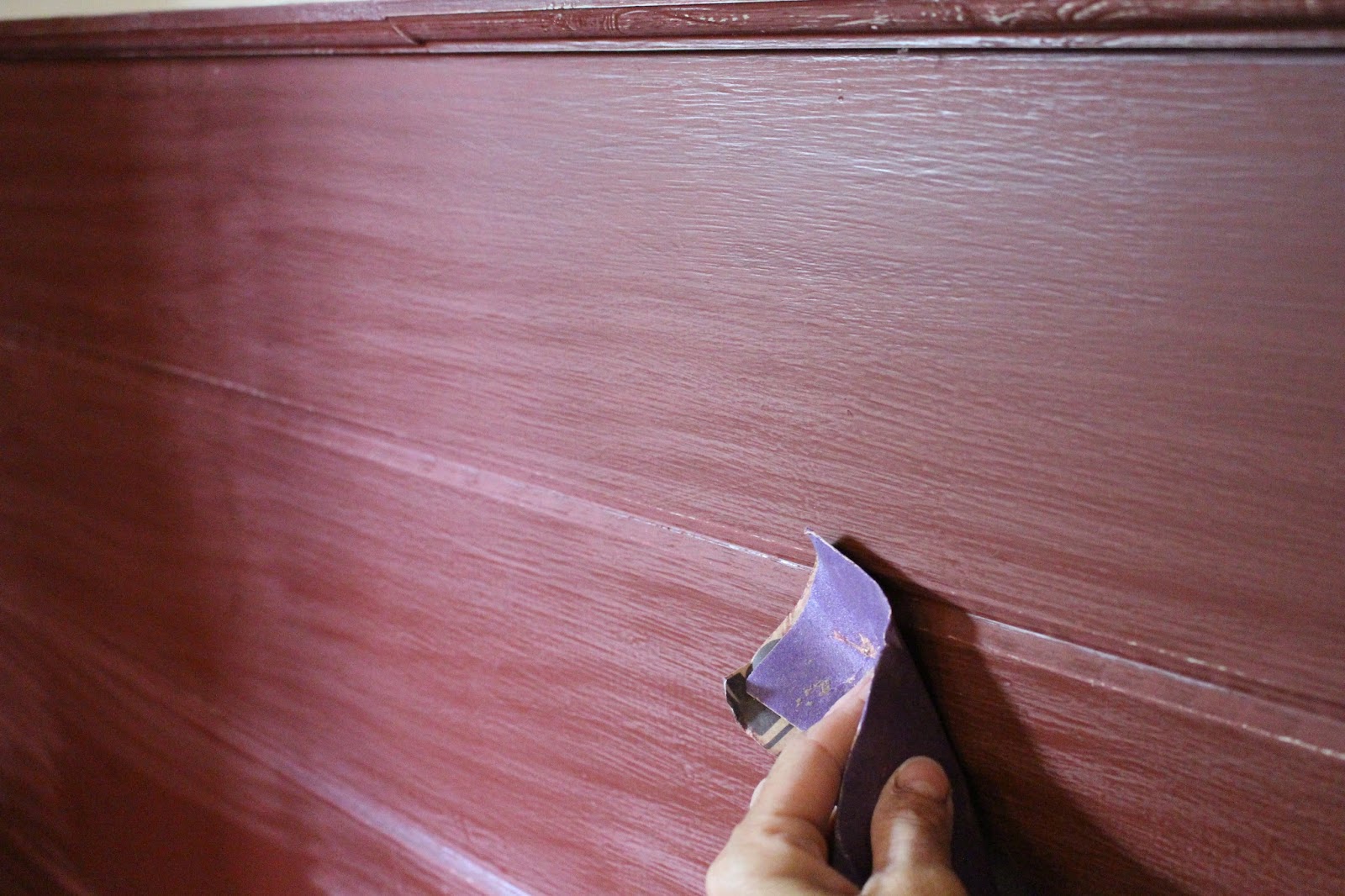
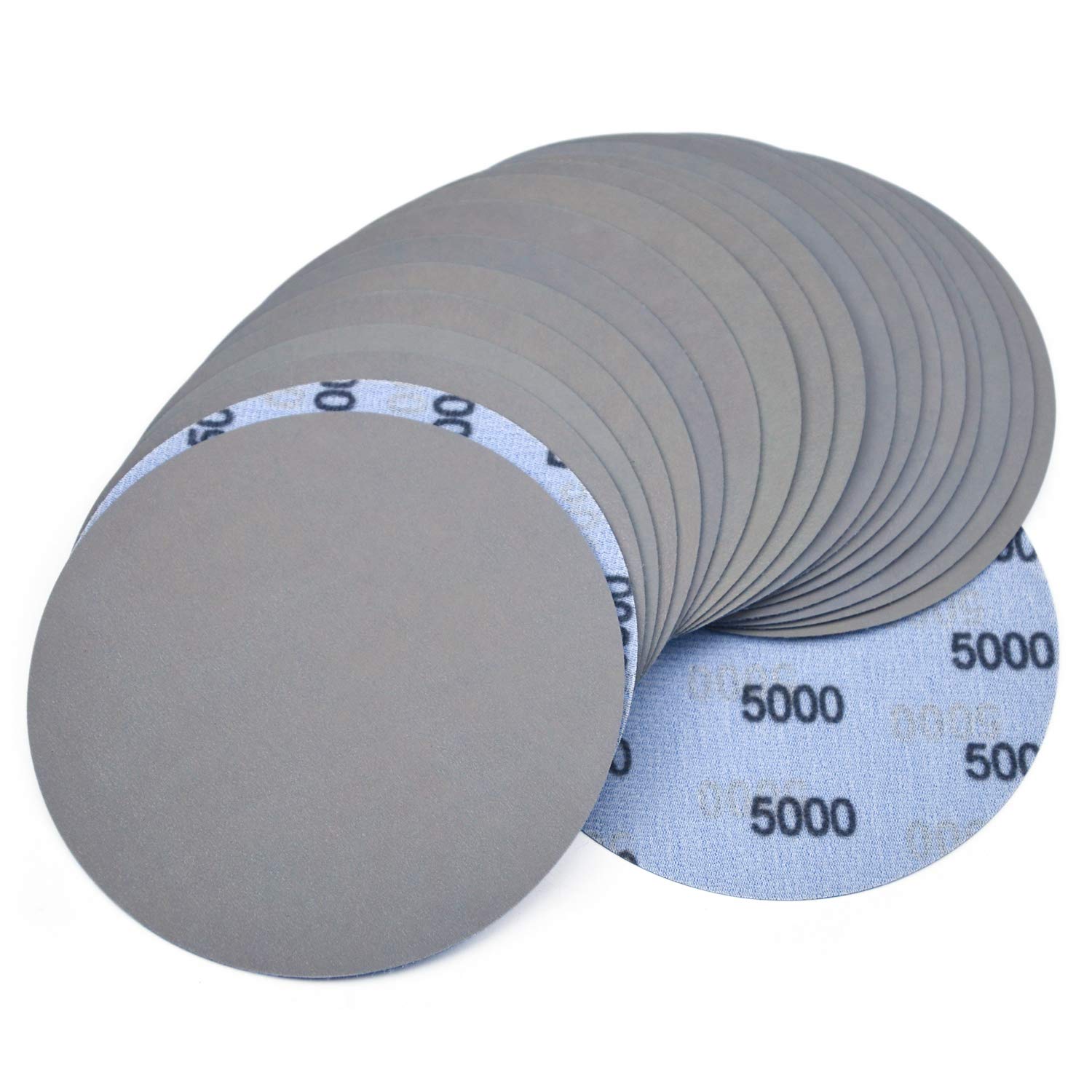
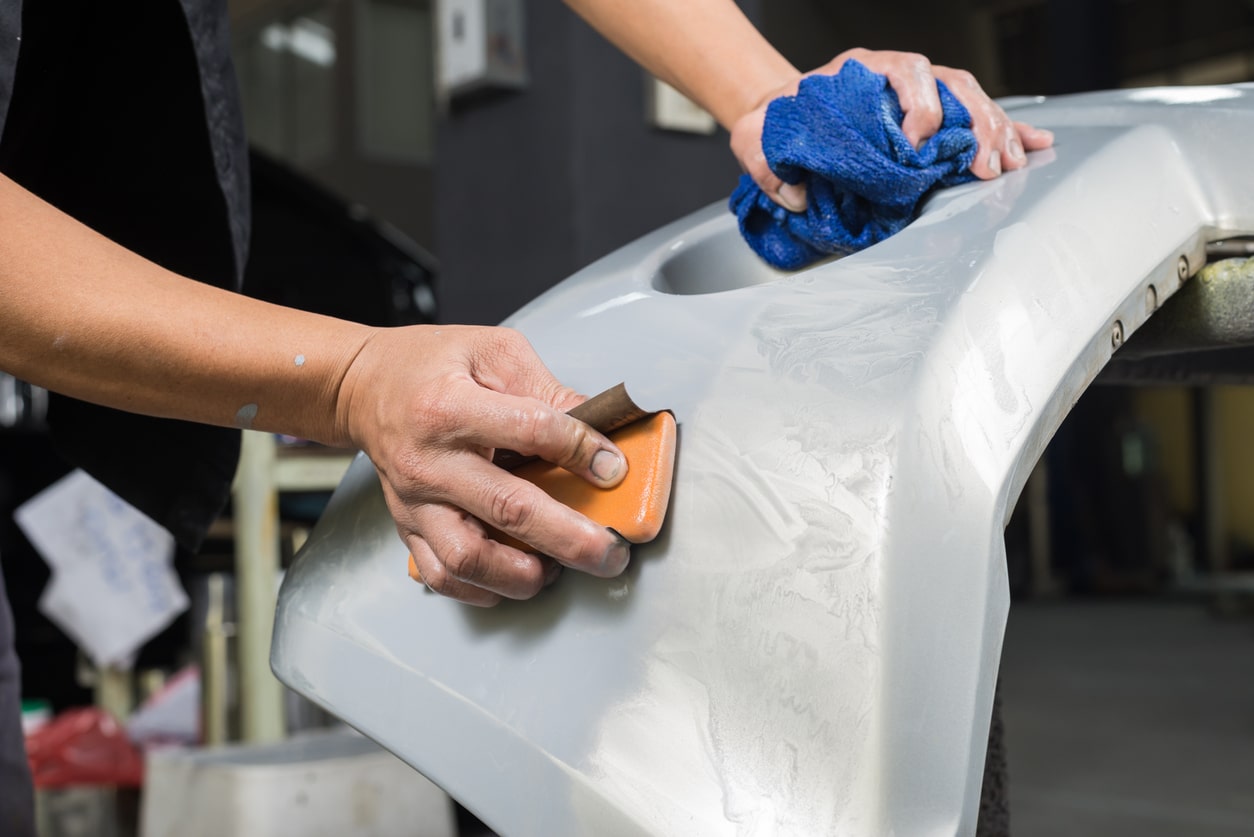
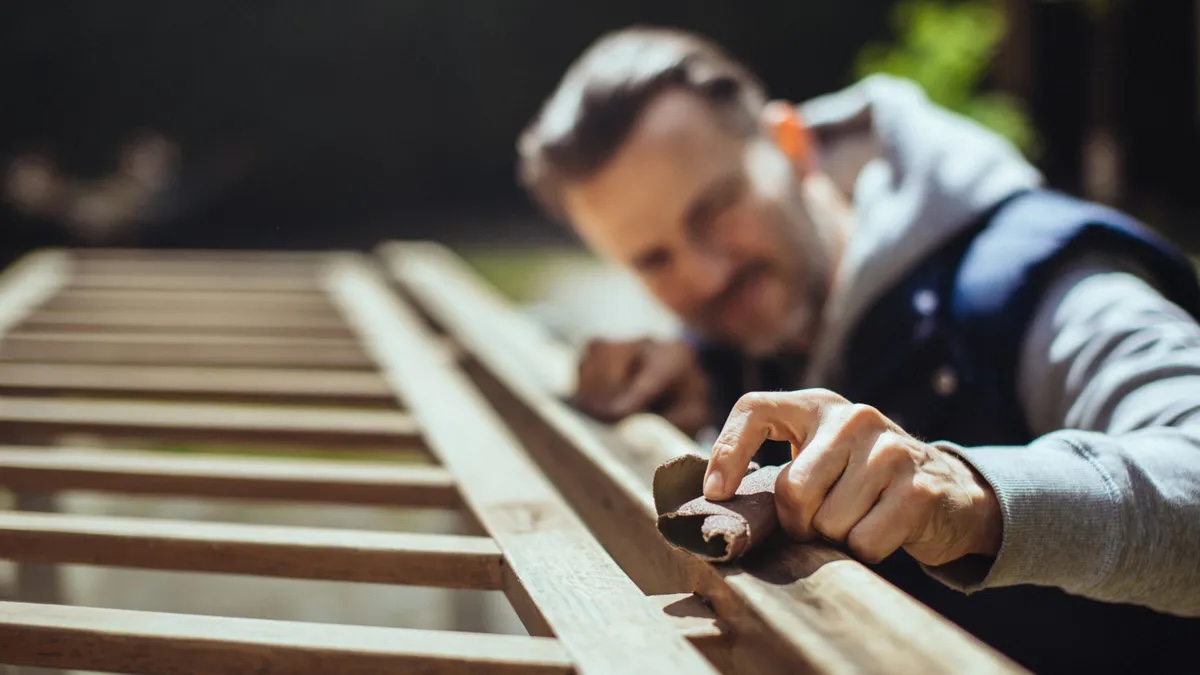
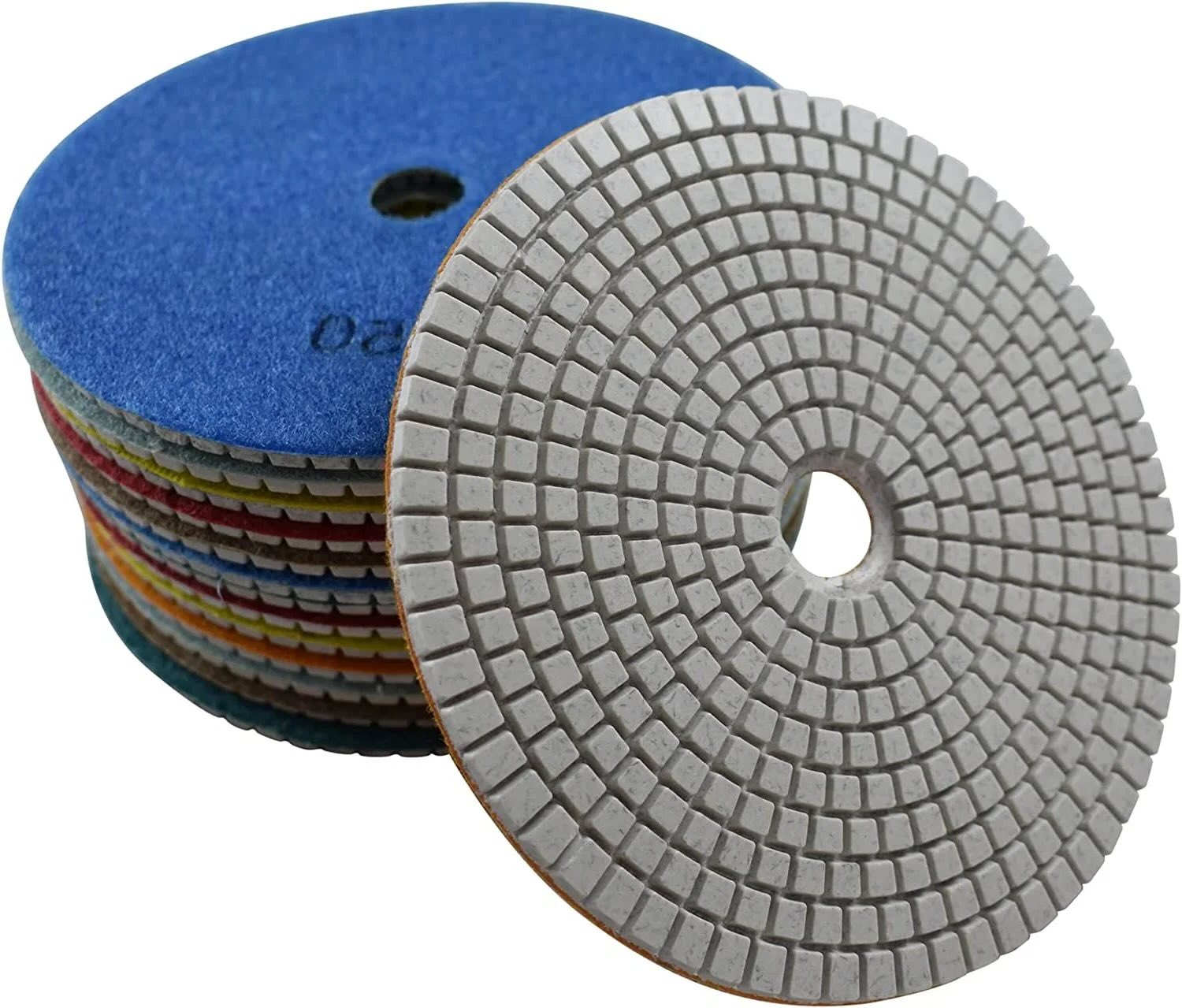

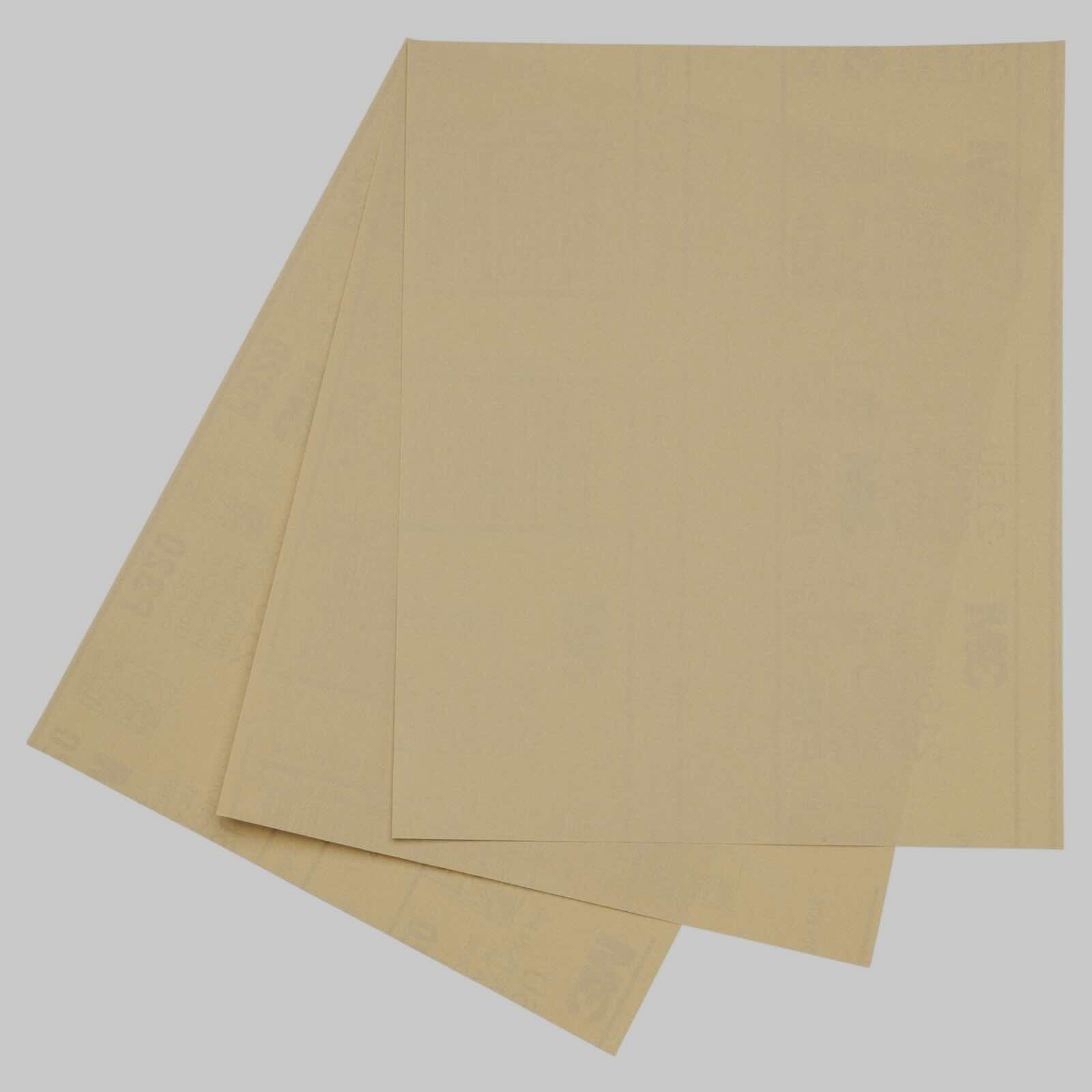
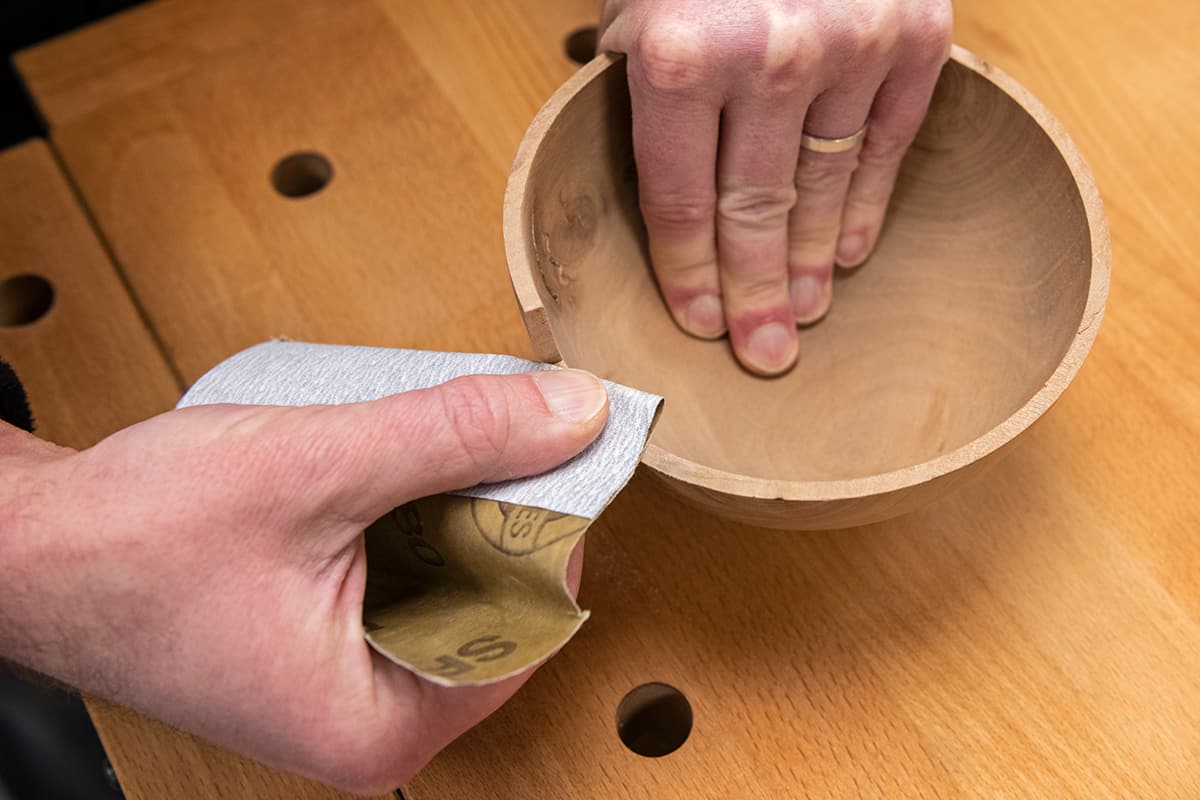
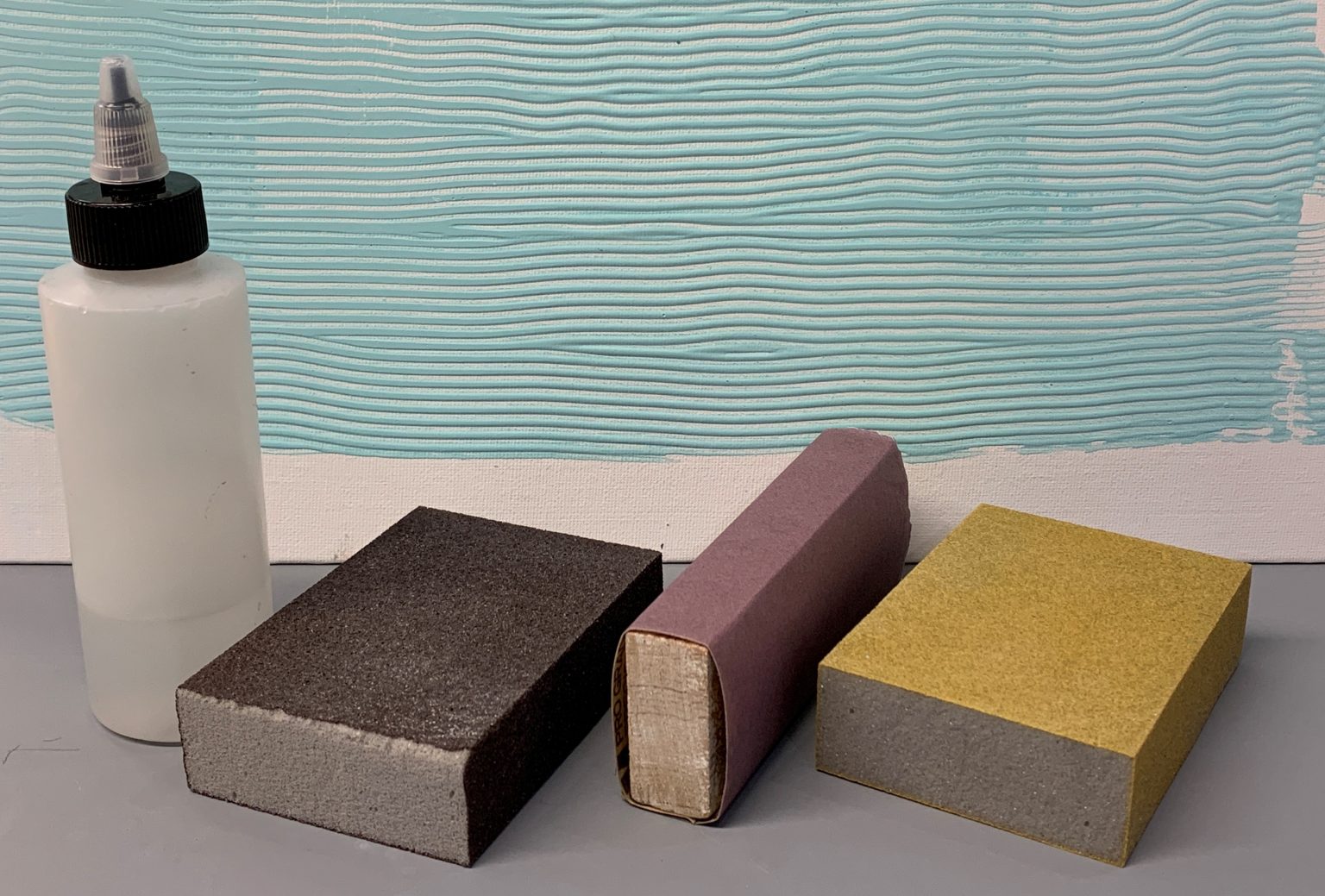
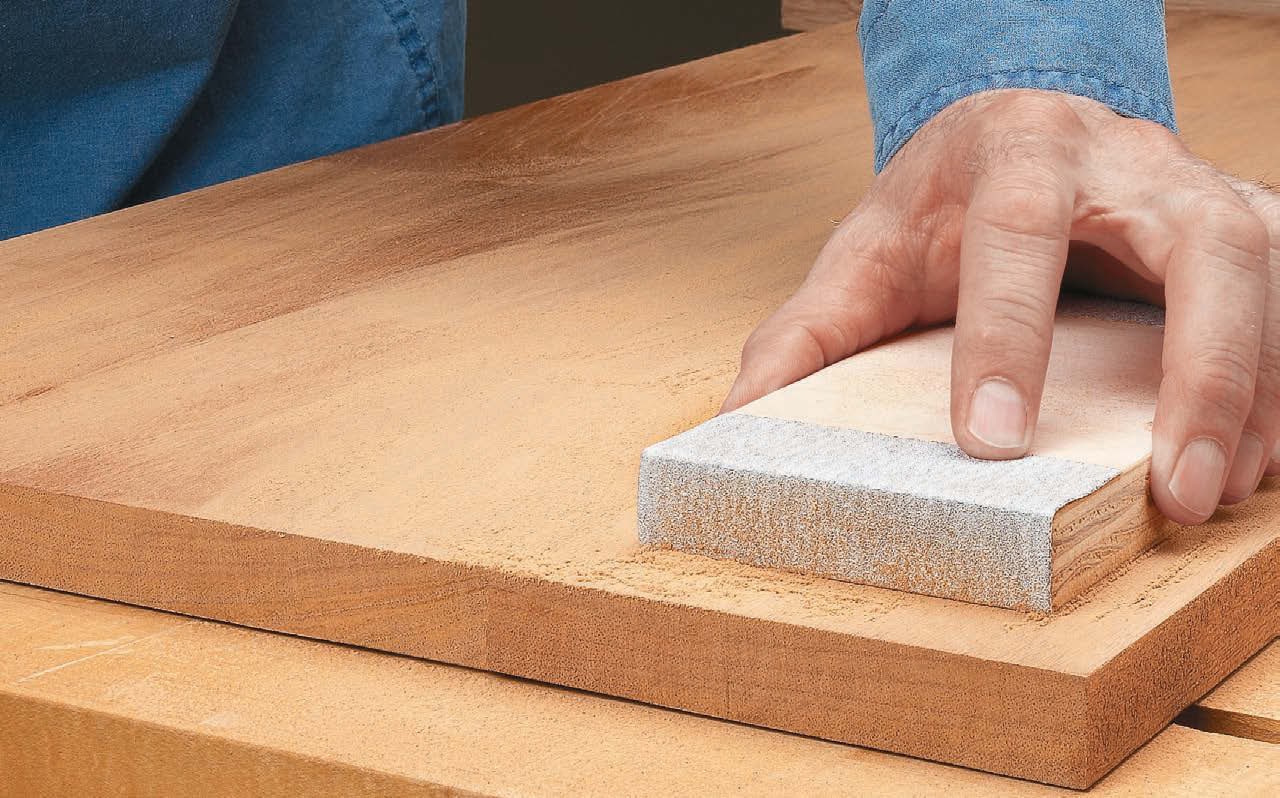
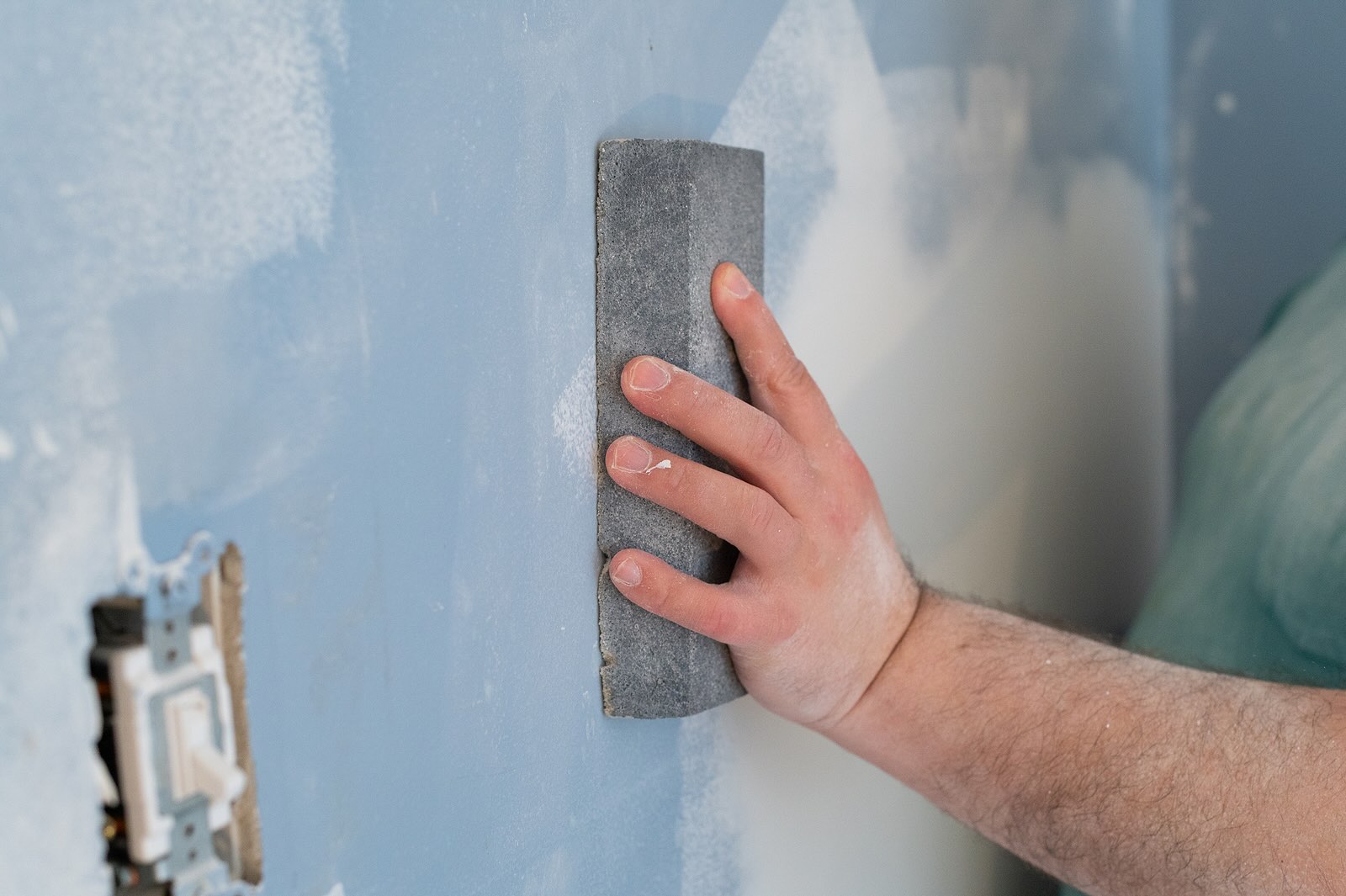
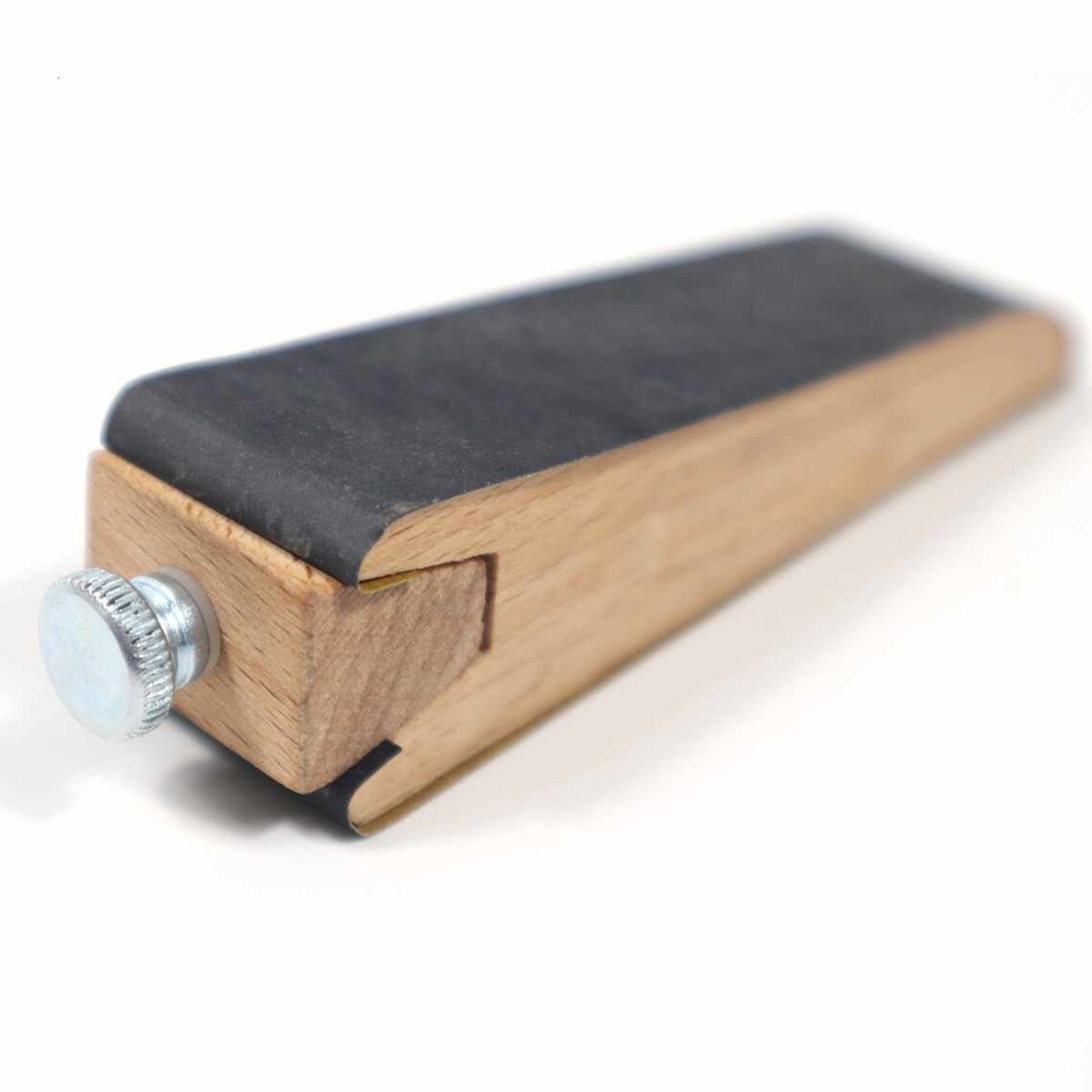

0 thoughts on “What Grit Sandpaper To Use For Sanding Spackle”